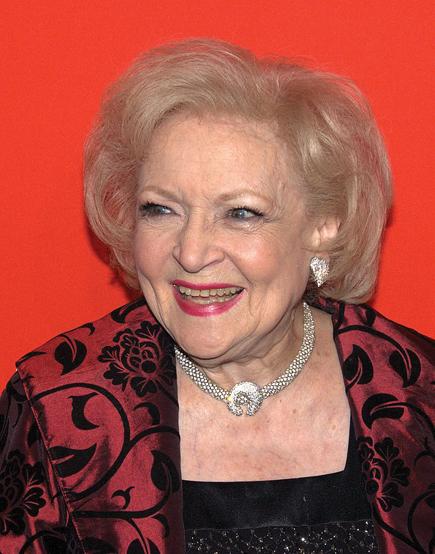Super Bowl commercials: Past and present

Photo Courtesy of Wikimedia Commons
Photo Courtesy of Wikimedia Commons
February 1, 2012
Super Bowl excitement builds as coaches, athletes and celebrities announce their picks for the pigskin game. Television chefs create crowd-pleasing recipes for game day. Households across the country anticipate epic advertisements from the nation’s top companies.
History
The first Super Bowl aired on Jan. 15, 1967, with an estimated 24.4 million viewers. Even then, advertisers knew the impact of commercial spots for the event and paid NBC $1,250 per second of air time, or nearly $37,500 for a 30-second spot, according www.ehow.com.
As audiences grew, advertisers stepped up their own games by incorporating celebrities and humor into ad campaigns. One of the first famous commercials featured Joe Namath, New York Jets quarterback, for Noxema. Other celebrity appearances have included “Mean Joe” Green for Coca Cola, Betty White for Snickers and Larry Bird for McDonald’s. During the 1993 Bowl game, Michael Jordan’s commercial with Marvin the Martian and Bugs Bunny actually sparked the idea for the hit animated movie, “Space Jam.”
“1984”
Perhaps the most legendary Super Bowl commercial of all time is Apple’s “1984.” The masterpiece featured athlete Anya Major running from police officers, as depicted from George Orwell’s novel. Donning a brass hammer and sprinting toward the image of a Big Brother figure, Major launched the hammer at the screen as the Big Brother announced, “We shall prevail!” Audience members were shocked as the screen was destroyed. The closing line read, “On January 24th, Apple Computer will introduce Macintosh. And you’ll see why 1984 won’t be like ‘1984.’”
The one-minute spot is considered by advertisers to be one of the most successful campaigns in history and has also won numerous awards, including TV Guide’s honor of “Number One Greatest Commercial of All Time.”
“This was obviously a great commercial for a couple reasons,” said Noah Everist, media investment supervisor at Compass Point Media, the media unit of Minneapolis advertising agency Campbell Mithun.
“Apple’s 1984 made people think and it told a story. Americans enjoy watching the game, but they also really want to see what the creative minds in our country can come up with,” he said. “Ultimately, they want to be entertained, not just given a sales pitch.”
Current advertising
As advertisers attempt to tell a story, they often utilize longer advertising spots to convey their message, whether it is humorous or thought-provoking. Everist expects to see commercials that are longer than the typical 15 or 30 seconds in length.
“Our industry is buzzing with this; and it all goes back to the main theme: people want to hear a story,” Everist said. “They want the whole package.”
Over the past four-and-a-half decades, the game has evolved from a sporting event to a night of total entertainment, from commercials to the half-time show. According to Nielsen broadcast company, last year’s Super Bowl once again surpassed the record of the most-watched television program of all time, with 111 million viewers across more than 53 million households.
This year’s viewership rates are expected to be no different, and advertisers are preparing for the monumental event. According to CNN Money, commercial expenses are expected to be record-breaking, averaging $3.5 million for every 30 seconds. This number is up more than 15 percent from last year.
“It really comes down to supply and demand. America’s pastime was always watching television, but this medium has become very fragmented,” Everist said. “Advertising in the Super Bowl is a great way to reach a large amount of people.”
But why do ad costs continue to rise? In the age of YouTube videos and home DVRs, the Super Bowl is one of the few survivors of live television broadcasts. Commercials cannot be fast-forwarded through and viewers actually turn to online mediums to watch their favorites repeatedly.
“Wise advertisers will make their Super Bowl ads their own ‘Super Bowl,’ promoting the spot virally before and after the game,” Everist said.
Future of advertising
“Undoubtedly, the beer and auto industry will continue to make up the majority of advertising spots this year and will for years to come,” Everist predicted.
Last year, Volkswagen’s Darth Vader Kid amused audiences and captured the No. 1 spot across numerous top 10 lists. Chrysler also broke records, premiering the longest Super Bowl ad in history. Rapper Eminem drove a Chrysler 200 throughout the city of Detroit in an effort to restore faith in America’s economy. The two-minute commercial also came with a large price tag, costing nearly $9 million.
“It’s hard to predict if Super Bowl spots will continue to increase in price; time will tell,” Everist said. “I can tell you this: Advertisers are already talking about next year’s ad, if not the one after that.”






